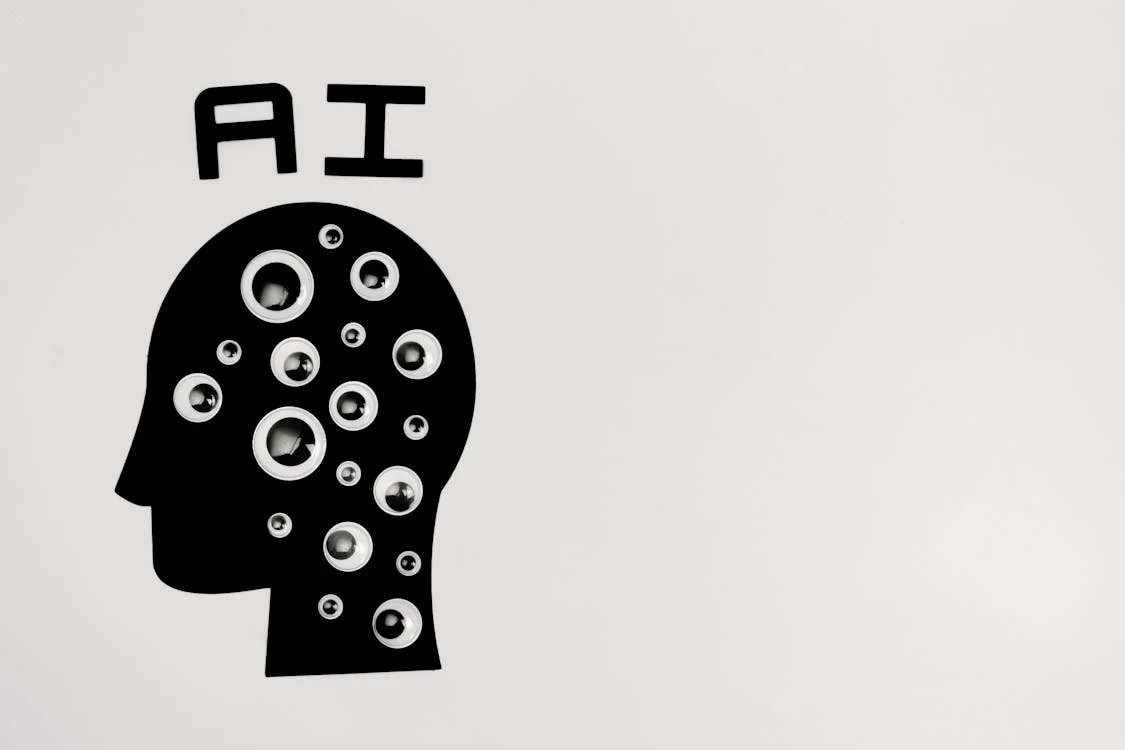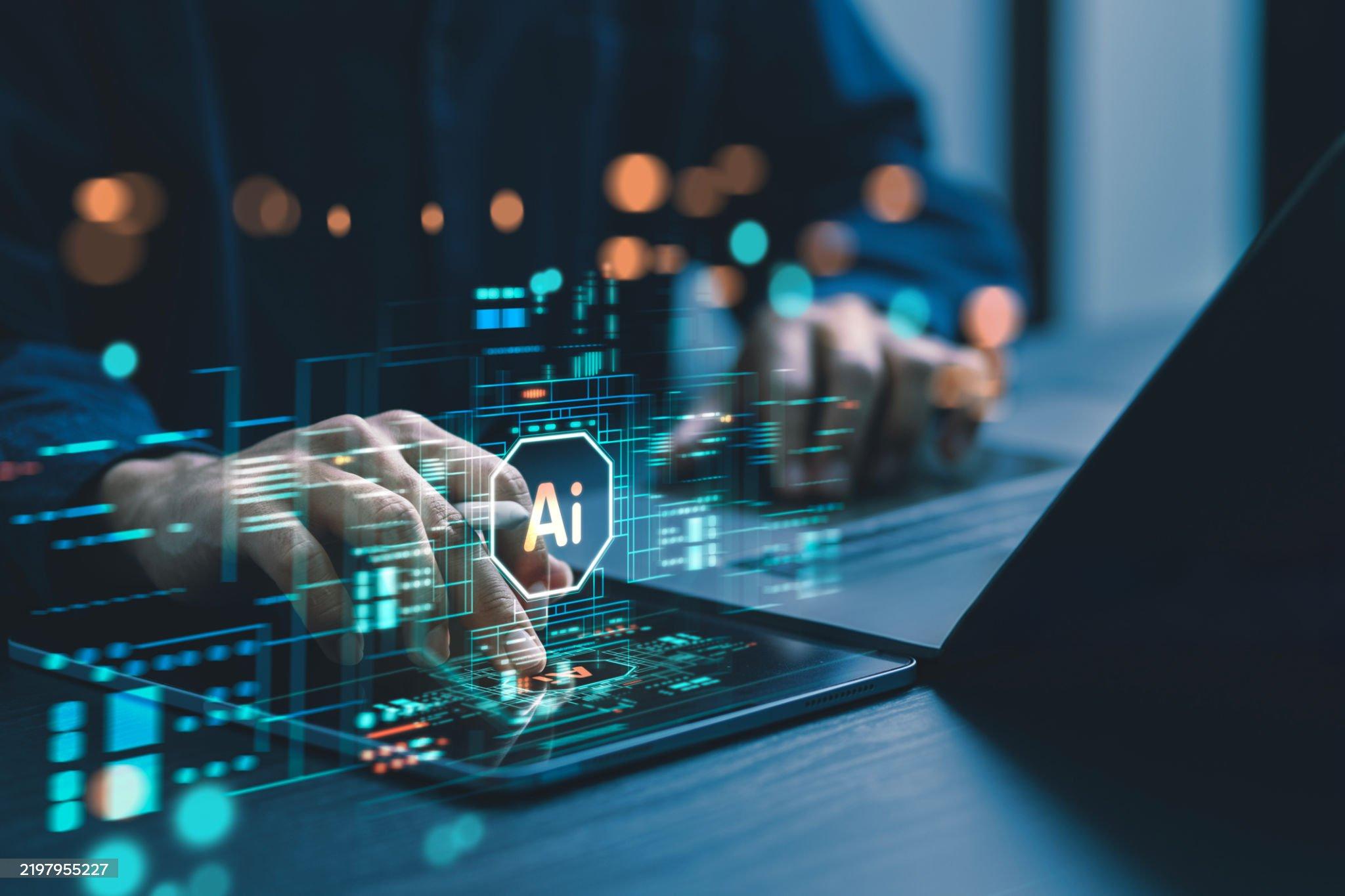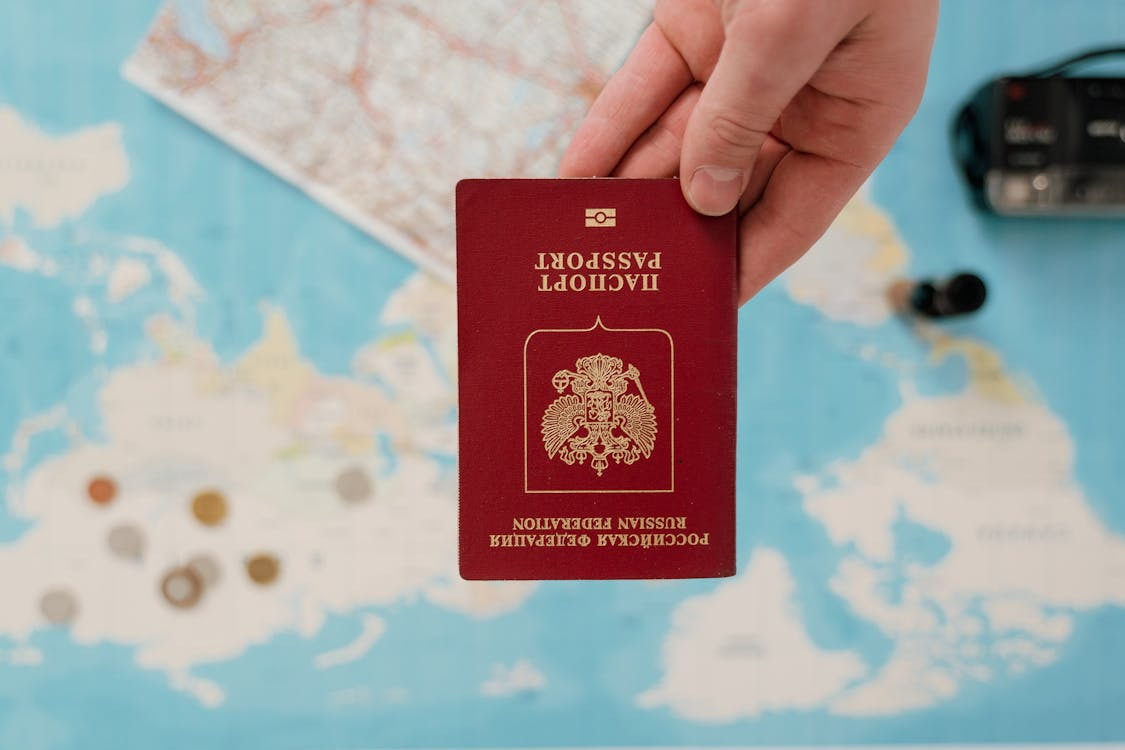Picture a bustling e-commerce platform rolling out its latest campaign simultaneously in Tokyo, Berlin, and São Paulo—each version feeling as native as the local dialect. That's the reality AI translation technology is delivering in 2025, reshaping how companies bridge linguistic divides with speed and sophistication. Gone are the days of clunky word-for-word conversions; today's tools are smarter, more contextual, and increasingly indispensable for global operations.
At the heart of this shift is Neural Machine Translation (NMT), a system that mimics human learning by analyzing patterns in massive datasets to produce fluid, natural-sounding results. Unlike older rule-based methods, NMT handles idioms, slang, and even regional variations with remarkable finesse. But it's not flawless on its own—enter post-editing, the crucial step where skilled linguists step in to polish AI-generated text, ensuring it captures subtle cultural cues and avoids embarrassing mishaps. This hybrid approach isn't just a trend; it's becoming the industry standard, as evidenced by the surging demand for customizable AI tools that blend automation with human oversight.
The numbers tell a compelling story. The AI in language translation market surged from $2.34 billion in 2024 to an estimated $2.94 billion in 2025, reflecting a compound annual growth rate of 25.9%. Meanwhile, the broader machine translation sector is on track to hit $706 million this year, up from $678 million last year, driven by advancements in generative AI for refining outputs. These figures underscore how businesses are leaning on AI翻译 to cut costs—often by 50% or more—while scaling up 多语言互译 efforts without sacrificing quality.
What sets top providers apart is how they weave these innovations into practical services. Take certified translation services, for example: legal documents, medical records, or immigration papers demand not just accuracy but verifiable authenticity. Here, AI accelerates the initial draft, but certified experts handle the final touches to meet strict regulatory standards. This integration allows for faster turnaround times, making it easier for companies to expand internationally without the headaches of traditional methods.
A real-world example brings this to life. Consider a mid-sized gaming studio aiming to localize their latest title for markets in Asia and Europe. Using AI-powered tools, we at Artlangs Translation streamlined the process, translating intricate dialogues, user interfaces, and in-game lore into eight languages in under two weeks—a 40% reduction from manual timelines. The AI handled the bulk of the repetitive work, flagging potential cultural mismatches, while our post-editors infused the content with local flavor, like adapting humor that resonates in Japanese versus German audiences. The result? A seamless launch that boosted user engagement by 25%, proving how AI can supercharge game localization without diluting creative intent.
Of course, challenges remain. AI still struggles with highly specialized fields like poetry or niche dialects, where human intuition reigns supreme. But as tools evolve—think real-time multimodal translation that incorporates voice, images, and context—the gap is closing fast. For organizations eyeing growth in 2025, embracing these technologies means staying competitive in a world where communication knows no borders.
If you're navigating these waters, partnering with a seasoned expert makes all the difference. At Artlangs Translation, we've honed our craft over years of specializing in translation services across more than 230 languages, from video localization and short drama subtitling to game projects and multilingual dubbing for audiobooks. Our track record includes countless success stories, like transforming regional content into global hits, backed by deep-rooted experience in cultural adaptation. Whether you need AI-boosted efficiency or hands-on certification, we're here to craft solutions that fit your unique needs. Drop us a line today—let's turn your multilingual vision into reality.











